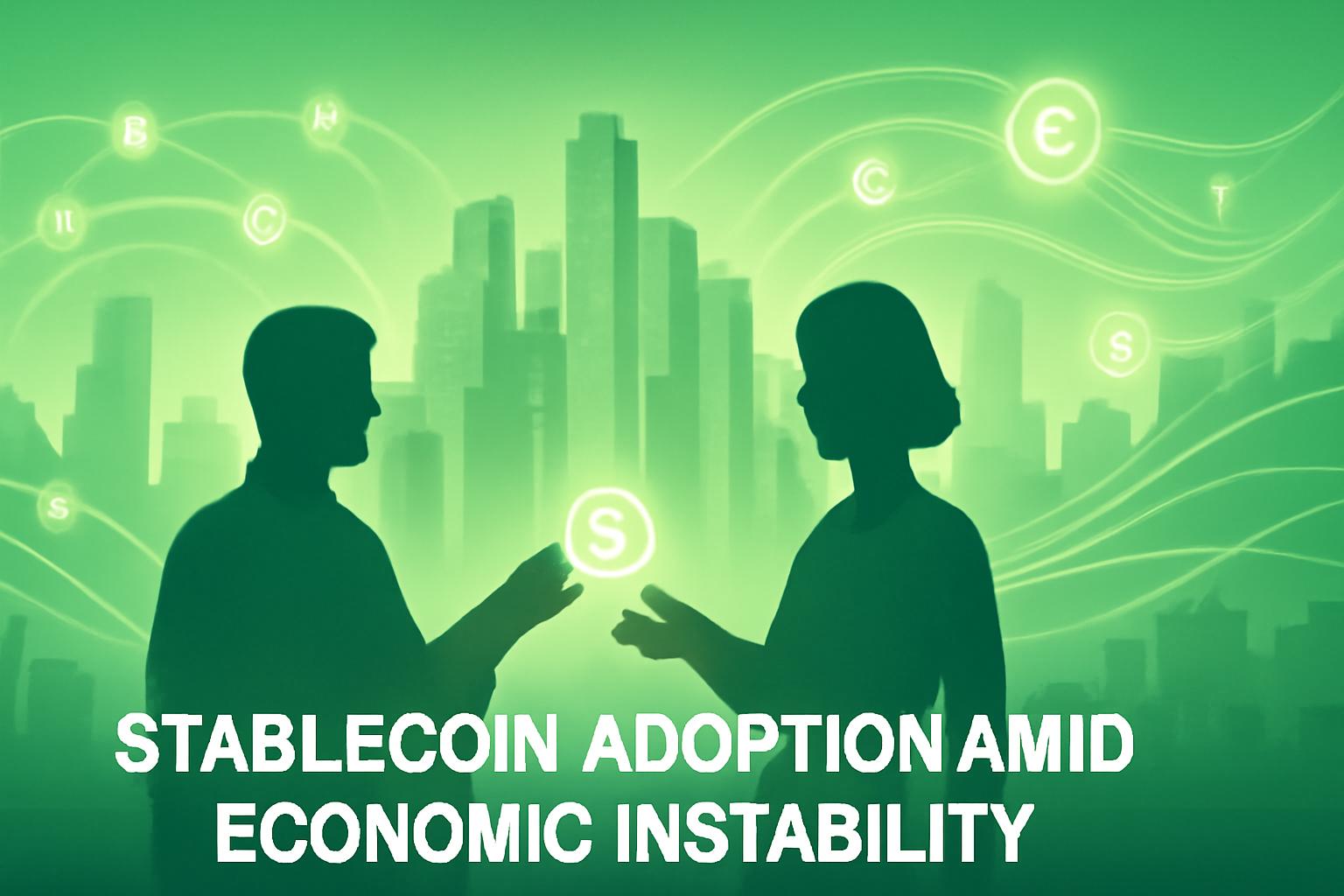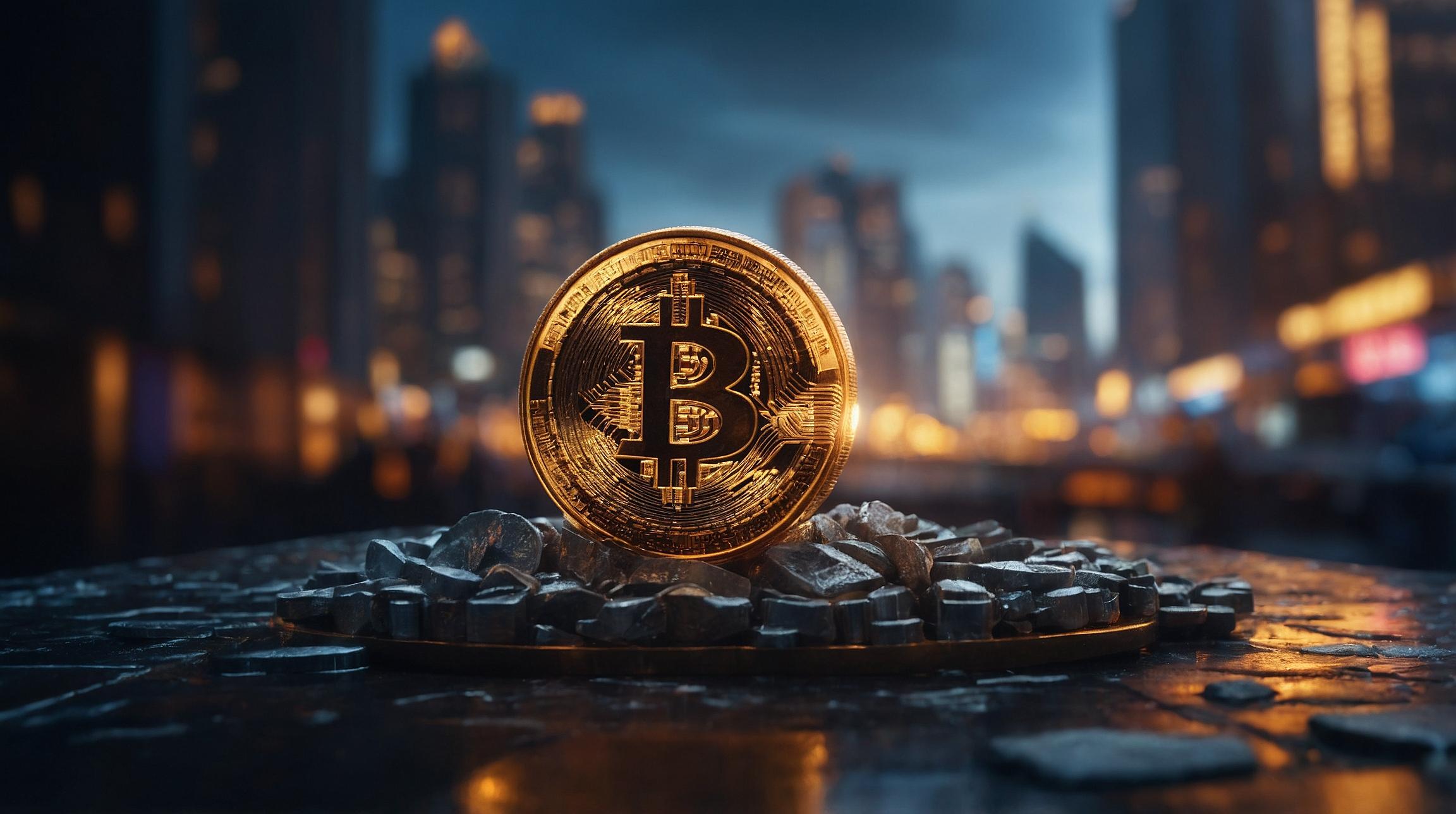Stablecoins Emerge as Primary Currency Amid Venezuela’s Hyperinflation
Venezuela’s national currency, the bolívar, is rapidly losing ground as hyperinflation escalates to an annual rate of 229%. In response, millions of Venezuelans have turned to stablecoins, particularly Tether’s USDT, commonly referred to locally as “Binance dollars,” to conduct daily transactions.
Mauricio Di Bartolomeo, co-founder of crypto lending platform Ledn and a Venezuelan expatriate, explained to Cointelegraph that USDT usage has expanded far beyond crypto enthusiasts. It is now widely accepted for routine expenses such as groceries, condominium fees, salaries, and vendor payments.
Multiple Exchange Rates Highlight Currency Fragmentation
The Venezuelan economy currently operates with three different exchange rates for the US dollar: the official Central Bank rate (BCV) at 151.57 bolívars per USD, a parallel market rate of 231.76, and a Binance USDT rate around 219.62. Among these, the USDT rate is predominant in everyday commerce due to its superior liquidity and stability.
“People and companies prefer to price goods and services in USD and receive payment in USD,” Di Bartolomeo noted, emphasizing that USDT functions as a more reliable store of value and a financial equalizer across social strata.
Crypto Adoption Surges Amid Economic Turmoil
According to Chainalysis’ 2025 Global Crypto Adoption Index, Venezuela ranks 18th worldwide and 9th on a per capita basis. Stablecoins represent 47% of all Venezuelan crypto transactions under $10,000, with overall crypto activity doubling over the past year.
Di Bartolomeo highlighted that even small businesses and mid-sized enterprises have largely transitioned to stablecoins for payments, replacing traditional fiat cash. However, larger state-controlled companies continue to operate using the official BCV exchange rate.
Capital Controls Fuel Parallel Markets and Stablecoin Demand
Government-imposed capital controls have created parallel markets for foreign currency and digital assets. Official US dollar allocations often benefit regime-affiliated firms, who resell dollars at inflated rates. This dynamic, combined with the bolívar’s depreciation, drives widespread rejection of the local currency in favor of stablecoins.
“Economic actors refuse to accept the worthless local currency for payment,” Di Bartolomeo said. “When they do accept it, they quickly convert it into stablecoins or US dollars.”
Stablecoins Gain Traction Amid Sanctions and Banking Restrictions
Following recent US sanctions targeting Venezuela’s oil sector, some local banks have begun facilitating stablecoin transactions. Industries such as oil companies increasingly use USDT to circumvent restrictions, with limited banking institutions selling USDT to businesses in exchange for bolívars.
This trend reflects a broader pattern observed in countries facing monetary instability and capital controls, including Argentina, Turkey, and Nigeria, where stablecoins offer a viable alternative to failing fiat currencies.
FinOracleAI — Market View
The growing adoption of USDT in Venezuela as a primary transactional currency reflects a significant shift away from the bolívar amid hyperinflation and currency controls. This trend is likely to sustain stablecoin demand in the short term, benefiting platforms facilitating USDT liquidity and exchange.
Risks include potential regulatory crackdowns or further economic sanctions that could disrupt stablecoin accessibility. Monitoring government policies and exchange rate fluctuations will be critical to assessing ongoing market dynamics.
Impact: positive













